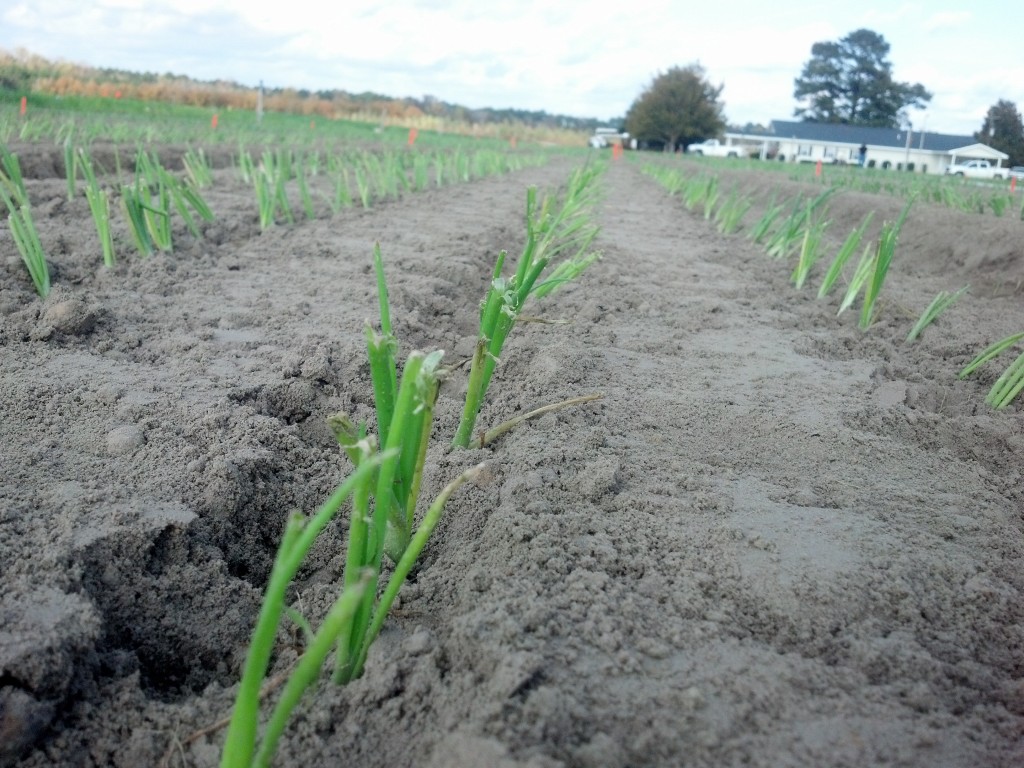As I have been out in the county I have seen some cotton fields that are not too far off from needing to be defoliated. In this post I will write about the University of Georgia recommendations for cotton-defoliation timing. Because cotton produces fruit indeterminately and not all at once we have to make some decisions about when to apply a harvest-aid in order to maximize yield and quality. Defoliating too early can result in loss of yield and defoliating too late can result in greater chances of boll-rot and loss of lint quality. There are several different recommended ways of determining the proper time for defoliation and it is good to take them all into consideration when making a decision on defoliation timing. Below I have listed the UGA guidelines for cotton defoliation timing.
- Percent of open bolls
- 60-75% of open bolls. This will involve counting bolls and determining a percent that are open. It is possible for the number of open bolls to increase by 20% in a week.
- Slicing bolls that are unopen to determine maturity
- When a boll cannot be sliced with a sharp knife without “stringing” the lint it is considered mature should open up and be harvestable with the application of harvest-aids.
- Seed condition
- It is a sign of boll maturity when there is no jelly inside of the seed, there are cotyledons inside the seed, and the seed coat is turning yellow or is tan.
- Nodes above cracked boll
- Count the number of nodes between the uppermost first position boll that is cracked and the uppermost first positions boll that you expect to harvest. In most situations once there are 4 nodes above cracked boll you can usually apply a harvest-aid safely.
